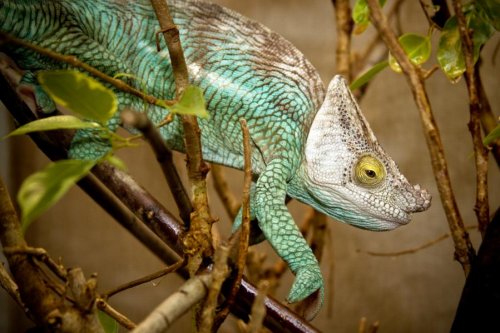OldChamKeeper
Chameleon Enthusiast
I tend to agree with SoCal's last post Kent. It's safe to say that even talking about Parsonii brings out major emotions in people. It's the only time I ever received hate mail for asking around for a Cham.
I respect your opinion that buying any Parsonii in some way supports smuggling, that's what you seem to be saying. Hopefully you'll respect my opinion that not every Parsonii purchased supports smuggling. The biggest problem I had with breeding these back in the 90's was that other keepers were not willing to share their failures and successes with incubation, many acted like it was a inside stock tip. By not sharing, it results in many people making the same mistakes. Add in the factor that there are so very few people who have pairs to work with and the problem snowballs downhill. I never had a problem sharing info or experiences but I always had a problem getting info. Chris was one of the first (despite his young age) back in the day to be so willing to share info, it's how we "met".
It's just my opinion, but the trick to making sure this incredible animal doesn't become extinct is by a combination of conserving it's habitat and learning how to breed it in captivity. Since it's not a cute little polar bear they don't get much attention from anybody other than those of us here on these forums who really care about a "goofy lizard".
I respect your opinion that buying any Parsonii in some way supports smuggling, that's what you seem to be saying. Hopefully you'll respect my opinion that not every Parsonii purchased supports smuggling. The biggest problem I had with breeding these back in the 90's was that other keepers were not willing to share their failures and successes with incubation, many acted like it was a inside stock tip. By not sharing, it results in many people making the same mistakes. Add in the factor that there are so very few people who have pairs to work with and the problem snowballs downhill. I never had a problem sharing info or experiences but I always had a problem getting info. Chris was one of the first (despite his young age) back in the day to be so willing to share info, it's how we "met".
It's just my opinion, but the trick to making sure this incredible animal doesn't become extinct is by a combination of conserving it's habitat and learning how to breed it in captivity. Since it's not a cute little polar bear they don't get much attention from anybody other than those of us here on these forums who really care about a "goofy lizard".





